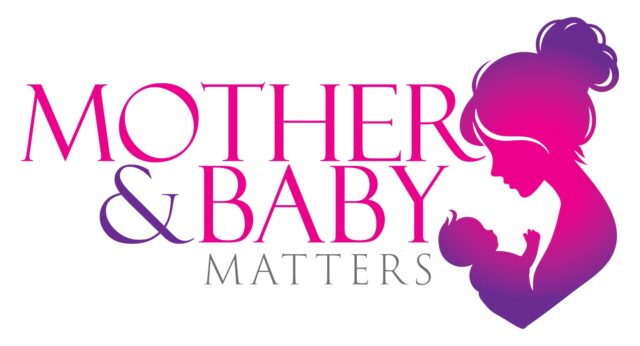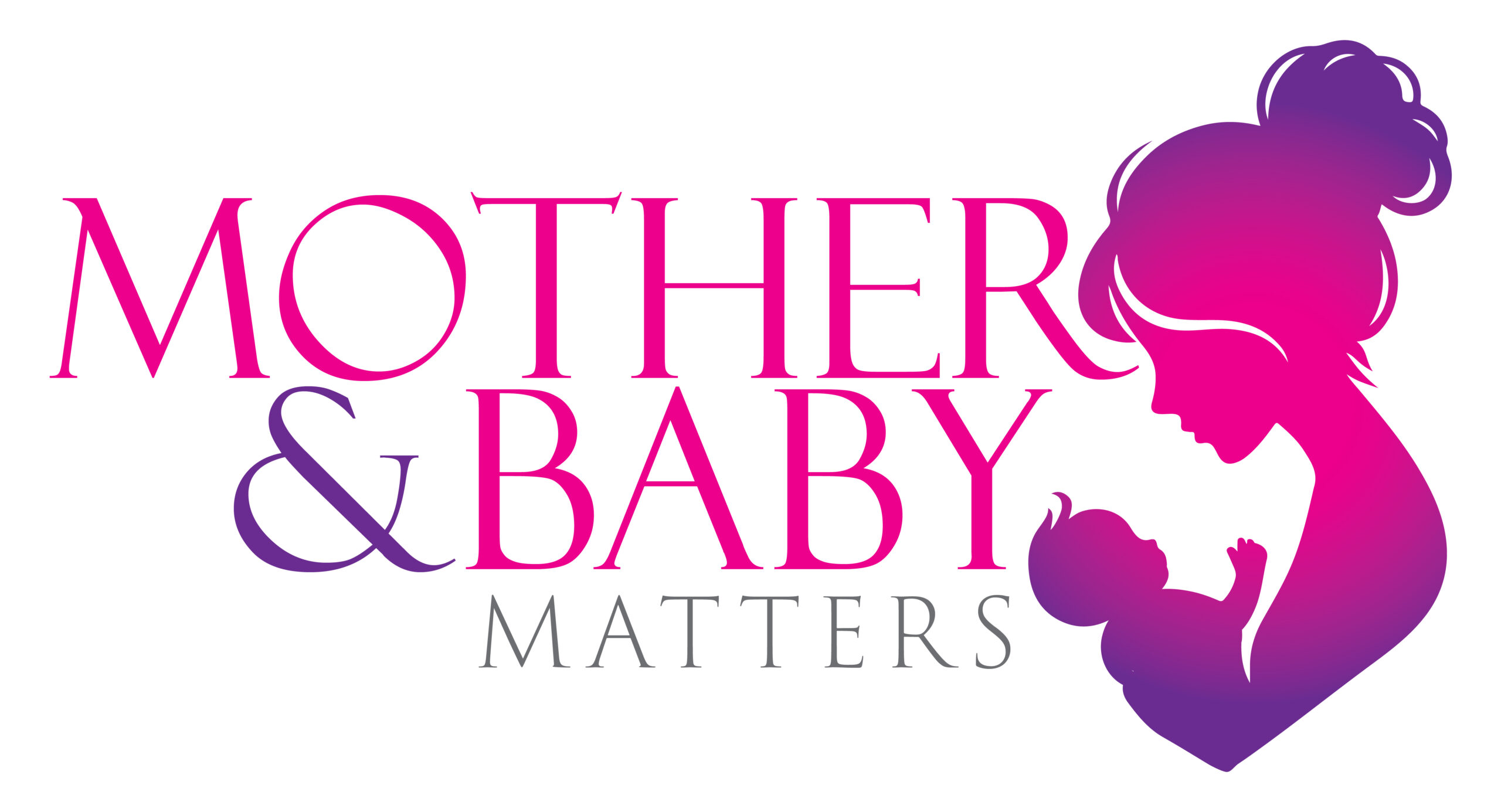The newborn has two heads, two hearts, and four arms, but shares one chest, one abdomen, and two legs.
Madhya Pradesh: Indore has reported another rare case of conjoined twins, the second within just 22 days. On August 13, a baby girl was born at Maharaja Tukojirao Holkar (MTH) Hospital to a couple from Mothapura village in Khargone district. The newborn has two heads, two hearts, and four arms, but shares one chest, one abdomen, and two legs.
The infant is currently admitted to the Pediatric Intensive Care Unit (PICU) at MY Hospital and is on oxygen support. Doctors say her condition is stable for now, but there is no surgical possibility of separation. Initial scans reveal both hearts are functioning, though further tests, including sonography, are underway.
This follows a similar case on July 22, when a woman from Dewas delivered conjoined twins with parapagus dicephalus—two heads, one torso, and shared organs—at the same hospital. Those babies survived only 15 days. Experts say survival chances in such cases are below 0.1%, with most involving severe cardiac defects.
एक धड़, दो सिर, एक दिल… इंदौर में जन्मे दुर्लभ जुड़े हुए जुड़वा शिशु
Diagnostics and Follow-up Gaps in Rural Area
Despite the mother receiving basic antenatal care, the abnormality went undetected during pregnancy. Specialists highlight the case as an example of diagnostic and follow-up gaps in rural healthcare systems, which contribute to high maternal and neonatal mortality in underserved areas.
MTH Hospital superintendent Dr. Anupama Dave clarified that such anomalies are not hereditary and generally unrelated to maternal health. Conjoined twins develop when a single fertilized egg fails to completely divide in early pregnancy, resulting in genetically identical fetuses joined at one or more body parts.
The Highest Mortality rate in MP
Madhya Pradesh records the highest maternal mortality rate in India—159 deaths per 100,000 live births, far above the national average of 88, according to the 2022 Sample Registration System Bulletin. Kerala has the lowest rate at 19.
The newborn remains under close observation as doctors prepare for further evaluations in the coming days.




